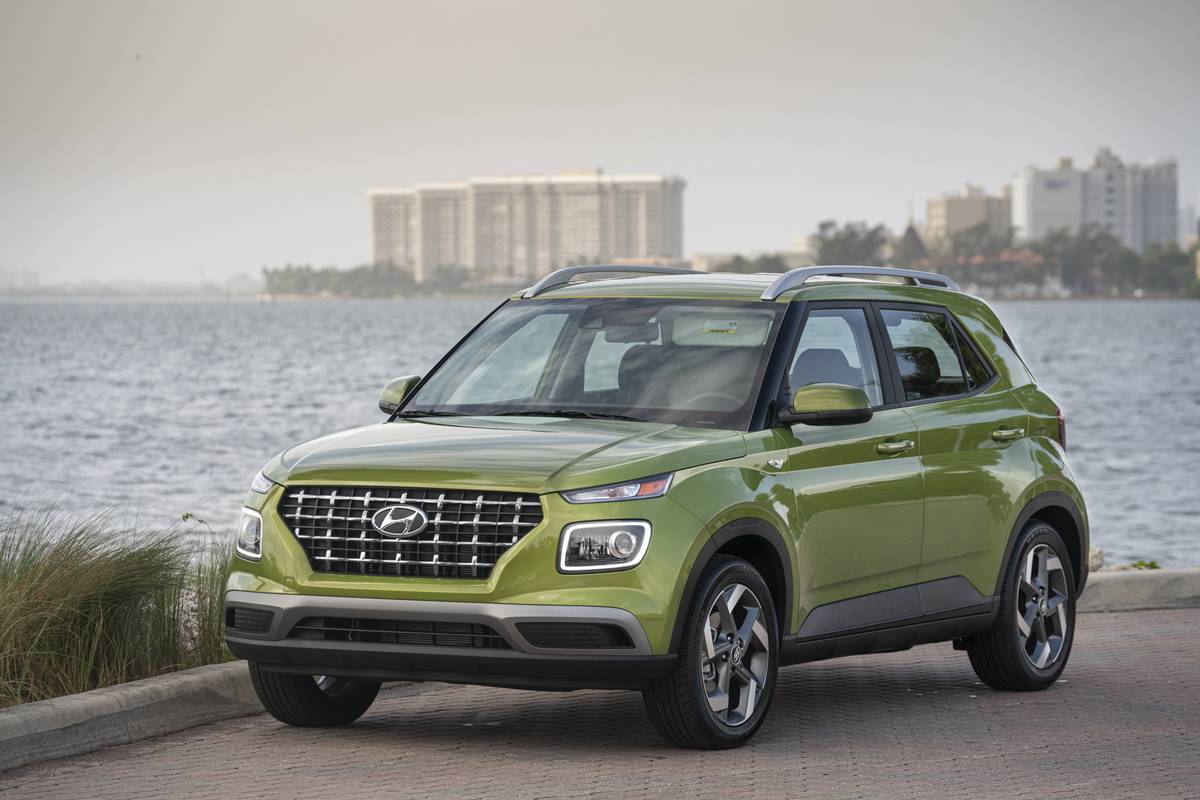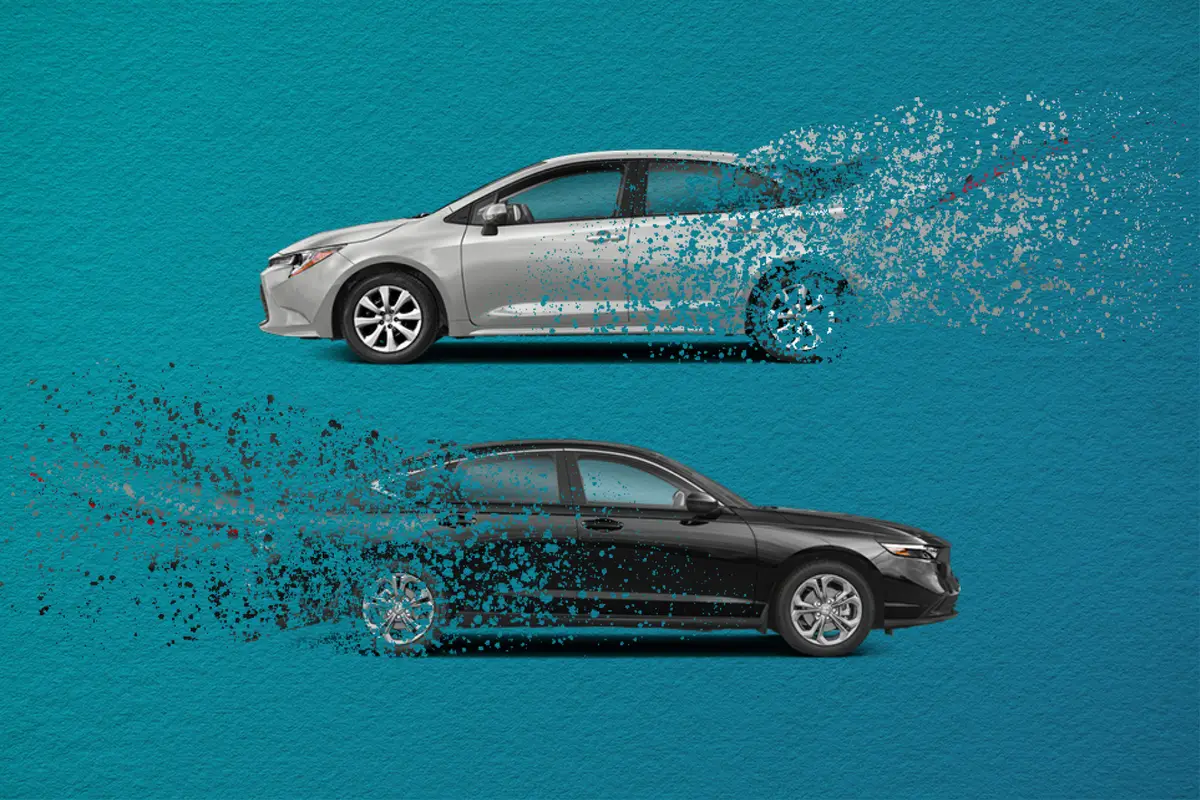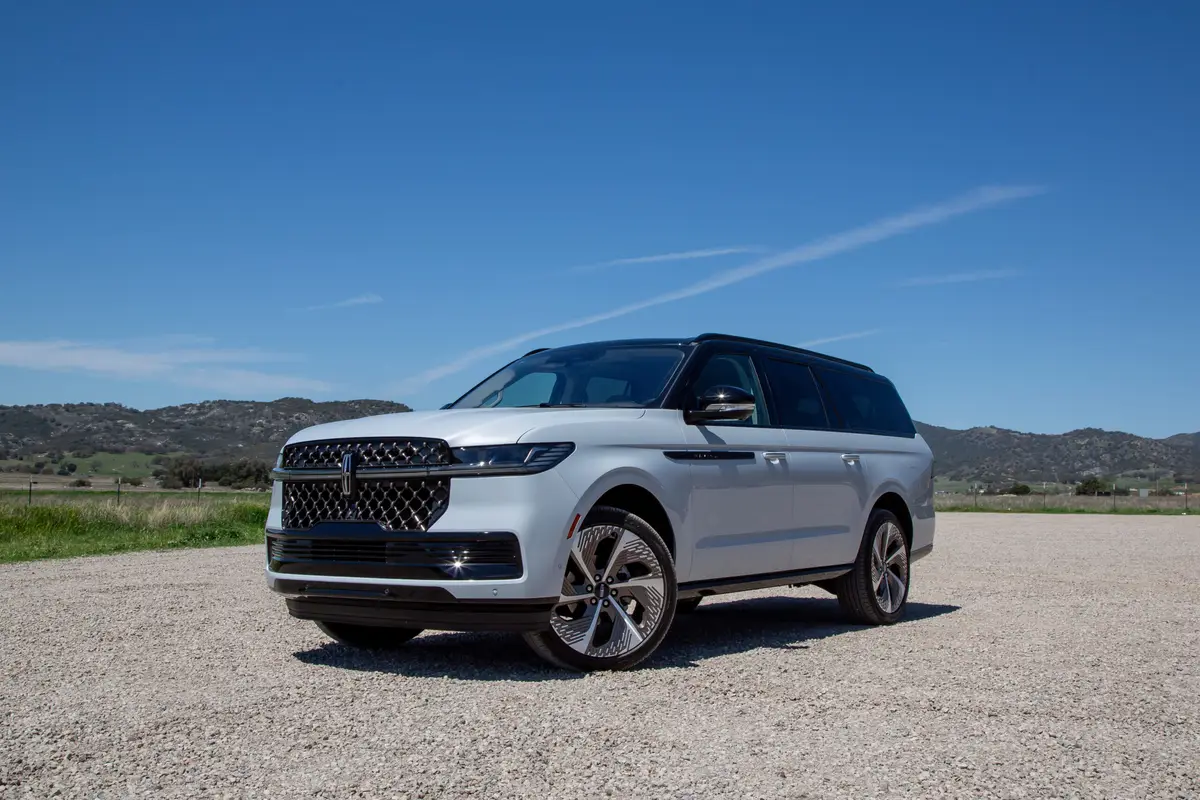First Drive Review: 2009 GMC Sierra 1500 Two-Mode Hybrid
Photos: Jim Fets
We’re just beginning to understand the implications of the new federal fuel economy and emissions standards, which are virtually certain to change the nature of half-ton pickups forever. Light trucks (pickups, vans, crossovers and SUVs) will have to average 30 mpg by 2016, up from 23.1 mpg today. That’s a 30 percent jump in efficiency. If we apply that figure just to pickups, a truck averaging 17 mpg today would have to average just over 22 mpg seven years from now. There’s only one full-size truck that already comes close to hitting that mark in combined city and highway driving: The GMC Sierra 1500 Hybrid, along with its twin, the .
In many ways, the Sierra Hybrid represents the best and worst of what’s likely to come for pickup truck buyers.
We drove the Sierra Hybrid around San Antonio to find out how fuel-thrifty it is in urban driving conditions. Cities are the ideal operating environment for hybrid vehicles because there they can operate on electric power only at low speeds, such as pulling away from stoplights or puttering around in rush-hour traffic, rather than burning gasoline. City driving is also where GM’s 6.0-liter V-8 hybrid powertrain originated, efficiently powering the wheels of big diesel-electric buses before the system was shrunk and repurposed for GM’s full-size trucks.
The Sierra Hybrid uses two 60kW (81 horsepower) electric motors that can power the truck on their own up to about 25 mph, depending on driving conditions. As the multi-displacement 6.0-liter pushrod V-8 gas engine kicks in, the electric motors seamlessly support it, individually or in tandem, at low and high speeds, helping the engine enter fuel-saving four-cylinder mode sooner and stay in it longer to achieve maximum miles per gallon. The Sierra's electrically variable transmission provides an almost infinite range of gears, but it also has four fixed gears, like a conventional automatic transmission, that can be manually selected with the column shifter.
Our Sierra test truck was a four-wheel-drive model, EPA rated at an impressive 20/20 mpg city/highway. The two-wheel-drive version rates even better, at 21/22 mpg city/highway.
We drove a 29-mile route that began in San Antonio’s outer suburbs and wound its way to the city’s center. Using only surface streets, we crossed neighborhoods, school zones, business parks and commerce zones in the 5,882-pound truck. During the outbound portion of our stop-and-go drive, which lasted just over an hour, we averaged 21 mpg. Reversing the route on our return, we averaged 19 mpg. That made for a 20 mpg average, matching the EPA’s rating.
Driving the conventionally powered 6.0-liter V-8 Sierra and Silverado, we’ve gotten mileage in the mid-13 mpg range in the city, so the Sierra Hybrid’s almost-50-percent better results are nothing short of astounding.
The truck drove nicely, too, especially considering the extra 300 pounds of electrical components and batteries, plus low-rolling-resistance Bridgestone P265/65R18 all-season tires that made for a slightly harsh ride.
When we paid careful attention while slowing down, we could feel the truck’s three-part brake system trade responsibilities between the electric motors in the transmission (that acts as an engine brake), the two-stage hydraulic regenerative brakes (that recharge the batteries), and the standard four-wheel disc brakes (that use only friction to scrub speed).
We were impressed with the truck’s quiet takeoffs and with how well GM’s engineers have balanced the blending and calibration of the hybrid’s gas and electric motors. With all the software needed to pull this system together, it’s nothing short of NASA-like in its complexity and as a pure feat of automotive engineering.
Advancements like this, however, don’t come for free, as we found out — and as future buyers will, too.
Although we didn’t tow with the Sierra Hybrid, we’ve pulled more than 5,000 pounds of watercraft and around 3,000 pounds of Mazda Miata race car and gear with the Silverado Hybrid. Neither of those loads would be a challenge for today’s standard eight-cylinder half-ton pickups, but the heaviest of those loads used up most of the hybrid’s 6,100-pound towing capacity (it’s 5,900 pounds for four-wheel-drive models). GM’s 6.0-liter gas V-8 crew cab half-ton pickups are rated to tow up to 10,700 pounds with an optional enhanced trailering package.
The hybrid can’t tow as much because, given its current cooling capacity, the extra weight would overheat the electronics of its electric drive system, GM says. Gary White, GM North America vice president and vehicle line executive for GM full-size trucks, said he thinks GM’s next-generation hybrid pickups will be able to tow up to 50 percent more than today’s trucks.
The Sierra Hybrid’s tradeoffs include more than just diminished tow ratings. It also hits the wallet with a sticker price that’s about $3,000-$4,000 higher than a similarly configured conventional pickup. For example, a modestly equipped GMC Sierra 1500 SLE crew cab two-wheel-drive short-box with a 6.0-liter V-8 and Max Trailering Package is $34,675. The GMC Sierra 1500 Hybrid crew cab two-wheel-drive short-box starts at $38,390. At least in the near-term, buyers qualify for a $2,200 federal tax credit when they buy a gas-electric Sierra or Silverado, but the rebate will be phased out after GM has sold more than 60,000 eligible trucks.
Still, when loaded within its limits, the hybrid pulls just like a diesel heavy-duty pickup. The two electric motors apply 100 percent of available torque from 0 mph and are powerful enough to get the truck moving up to almost 20 mph on electricity alone, saving fuel and providing an electric, turbo-like boost to the gas engine as needed when towing. The torque from the electric motors also helps compensate for the Sierra Hybrid’s stout — but very efficient — 3.08 rear axle. We think GM’s half-ton hybrids are the best light-side-of-light-duty towing rigs out there.
Another drawback for work-truck buyers looking for a fuel-efficient pickup, however, is that the Sierra Hybrid can only be configured as a crew cab with a 5.77-foot cargo box. A regular cab with an 8-foot bed isn’t available because the extra space under the second-row seats is needed to store the massive 300-volt battery packs.
GM's vehicle line director for full-size pickups, Mike Tulumello, said GM is well aware of the need to offer its two-mode hybrid propulsion system in additional configurations, and he promised that developing improved battery packaging that would allow them to do just that is one of their highest priorities.
After driving the Sierra and speaking extensively with its engineers, marketers and execs, the main thing that stuck with us is the fact that everyone is intensely proud of the technical achievement they’ve accomplished in the Two-Mode Hybrid System. However, nobody said they expected it to be a big sales success, because of its relatively high cost.
Is the world ready to embrace the Sierra Hybrid? Perhaps not today, at these prices, but in the next eight years, as we move to 2016, we’ll be astounded if GM can’t make progress shrinking the cost, size and complexity of its hybrid powertrain to make it much more versatile, powerful and acceptable to truck buyers.

Featured stories



2025 Lincoln Navigator Review: Elephantine Elegance

